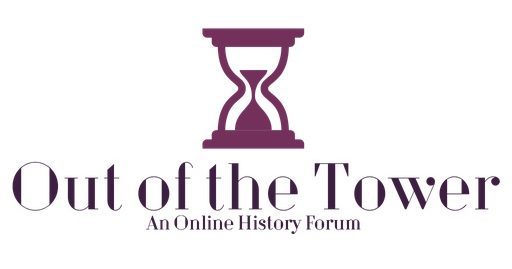I. AP U.S. HISTORY PAST AND PRESENT
Approximately 500,000 students take the AP U.S. History (or APUSH) exam each year.[1] The purpose of the exam is to give high-school students who have displayed a sophisticated level of knowledge in the subject the opportunity to earn college credit. For many years, however, teachers of APUSH complained about the wide-open style of the exam and the course’s framework. According to Trevor Packer, head of the College Board’s Advanced Placement Program, many teachers found it hard to resist the temptation of filling students’ head with every stray fact out of fear that it would be on the test. In response, Packer decided to initiate a review process of the exam and course guidelines with what he described as “an incredibly expensive and exhaustive effort that any business analyst would have deemed insane given the steady, healthy annual growth in AP participation.”[2]

